
The Central Solenoid is a five-story, 1,000-ton magnet, in the center of the ITER. It consists of 22 miles of superconducting cables and will drive 15 million amperes of electrical current (millions of times more than in a house) in ITER’s plasma. Credit: General Atomic
Fusion nuclear science and technology specializes in investigating the extreme nuclear fusion environment. This environment has very high temperatures, particle fluxes, neutron irradiation, and other harsh conditions.
Fusion science and technology research includes the examination of designs and materials for future fusion power devices. It also includes new technologies and integrated systems for generating electricity from fusion reactions, breeding tritium (the fuel needed for the fusion reaction), engineering high-temperature superconducting magnets, and exhausting the extremely hot gases that are released during fusion.
Additionally, fusion nuclear science addresses challenges related to the safety and security of fusion energy. For example, fusion nuclear science is studying how to ensure the supply of tritium fuel and how to build fusion power plants that can be operated safely despite their exceptionally high heat and pressure conditions.
Fusion Nuclear Science and Technology Quick Facts
- ITER’s magnets use cables of a superconducting material, niobium tin, that combined measure more than 100,000 kilometers (60,000 miles) long. That’s enough to stretch around Earth’s equator twice.
- The United States is developing key fusion nuclear technologies including methods of using magnets to contain fusion and specialized materials that can withstand long exposure to extreme fusion conditions.
DOE Office of Science & Fusion Nuclear Science and Technology
In the Office of Science, fusion nuclear science and technology is funded within the Fusion Energy Sciences (FES) program since R&D in these areas support the development of fusion as an energy source. The program supports multiple research areas including the U.S. Fusion Blanket and Tritium Fuel Cycle program. Research focuses on methods of extracting the fuel from the blanket, which requires expertise from national laboratories, universities, and private industry.
Within the FES program, researchers develop essential technologies for the ITER project, including the central solenoid, one of the world’s largest and most powerful superconducting magnets. Other activities supported within FES include fusion safety and system studies. Fusion energy system studies look at long-term areas, such as a future fusion power plant, and determine gaps in fusion nuclear science and technology. Identifying these gaps help programs prioritize research efforts over time.
CFS, UKAEA to collaborate on fusion research
26 July 2022
The UK Atomic Energy Authority (UKAEA) and the USA's Commonwealth Fusion Systems (CFS) have signed a five-year Collaboration Framework Agreement aimed at advancing commercial fusion energy.
.jpg?ext=.jpg) Inside the JET fusion training facility (Image: UKAEA)
Inside the JET fusion training facility (Image: UKAEA)
The agreement establishes the terms under which a series of work projects between CFS (a Massachusetts Institute of Technology (MIT) spinout company) and UKAEA will support the development of fusion energy and related technologies.
In a joint statement CFS and UKAEA said the scope of the collaboration could include: operations teams sharing and learning best practices from fusion experiments; access to fusion-adjacent technology facilities, including robotics; collaboration on fuel cycle technologies, neutronics modelling, systems integration models, advanced manufacturing, diagnostics, remote handling and remote maintenance; and collaborative work to identify and answer emerging plasma physics questions.
"This agreement is the result of a shared mission of both organisations to leverage innovative research and the speed of the private sector to support the fastest path to low-carbon commercial fusion energy - based on the same processes that power the sun and stars," they said.
"Achieving our shared missions to deliver low-carbon and sustainable fusion energy involves working at the forefront of science, engineering, and technology," said UKAEA CEO Ian Chapman. "This new collaboration agreement with CFS will help push these developments and capabilities, drive innovation and accelerate progress.
"Fusion presents an exciting opportunity for the UK and we're proud our ground-breaking work here continues to support economic growth and attracts such leading international partners."
CFS CEO Bob Mumgaard added: "CFS and UKAEA have a mutual interest and strong belief that public-private collaborations such as this represent a way to accelerate advances in commercial fusion energy technology and support CFS' plans to deliver commercial fusion as quickly as possible.
"UKAEA is a leader in fusion energy research and CFS plans to establish a UK presence as we leverage the combined skills and talents of both organisations to develop the fastest path to commercial fusion power on the grid."
CFS is collaborating with MIT to leverage decades of research combined with new groundbreaking high-temperature superconducting (HTS) magnet technology. These magnets will enable compact fusion power plants that can be constructed faster and at lower cost.
In May, MIT Plasma Science and Fusion Center (PSFC) signed a new five-year agreement with CFS to expand its fusion energy research and education activities.
CFS is working to build the SPARC prototype fusion machine which it says will pave the way for a first commercially viable fusion power plant called ARC. SPARC is described by PSFC as a compact, high-field, net fusion energy device which would be the size of existing mid-sized fusion devices, but with a much stronger magnetic field. It is predicted to produce 50-100 MW of fusion power, achieving fusion gain greater than 10.
The UKAEA conducts out fusion energy research on behalf of the UK government. It oversees the UK's fusion programme, headed by the MAST Upgrade (Mega Amp Spherical Tokamak) experiment. It also hosts the world's largest fusion research facility, JET (Joint European Torus), which it operates for scientists from around Europe.
Researched and written by World Nuclear News
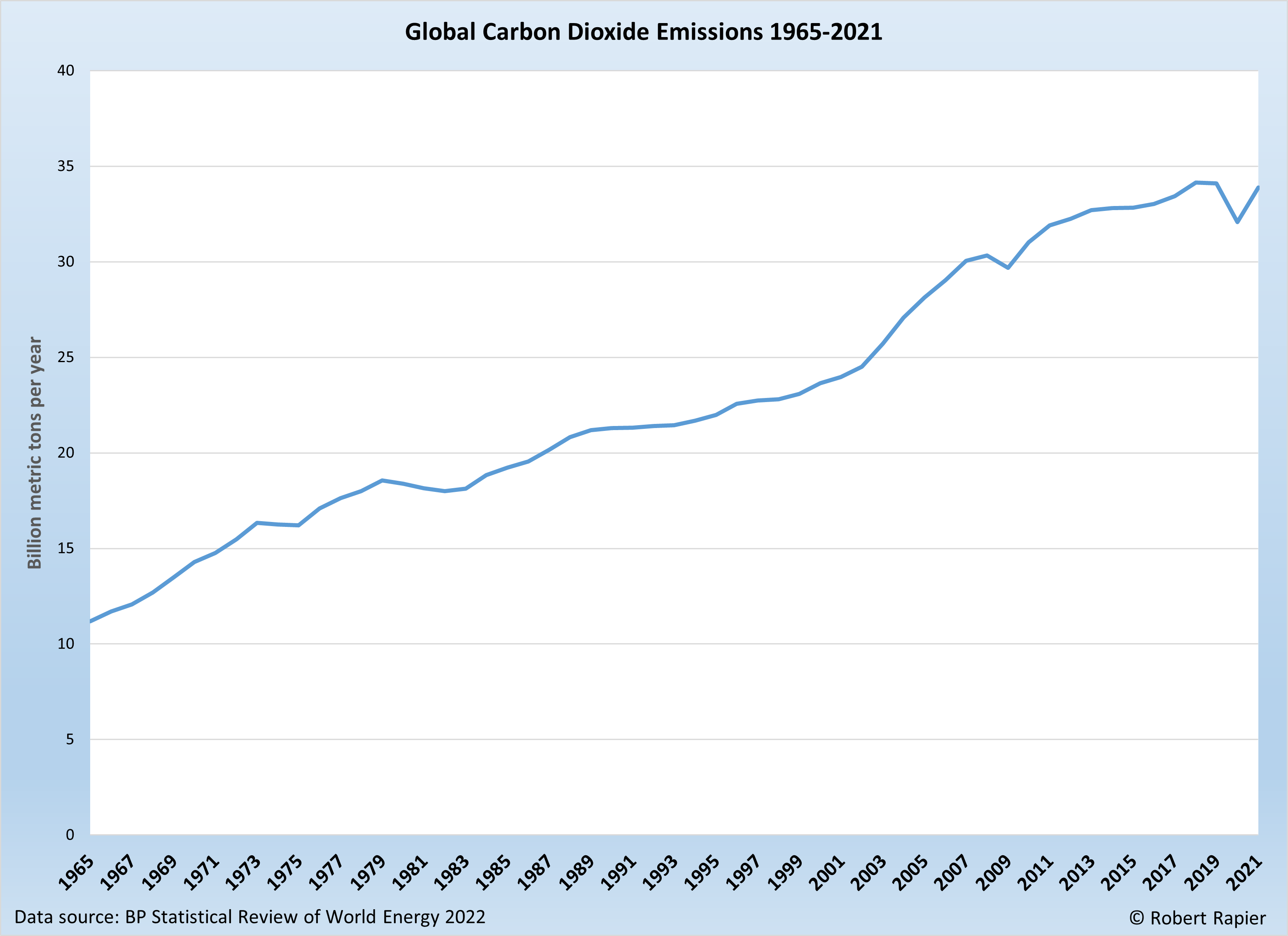
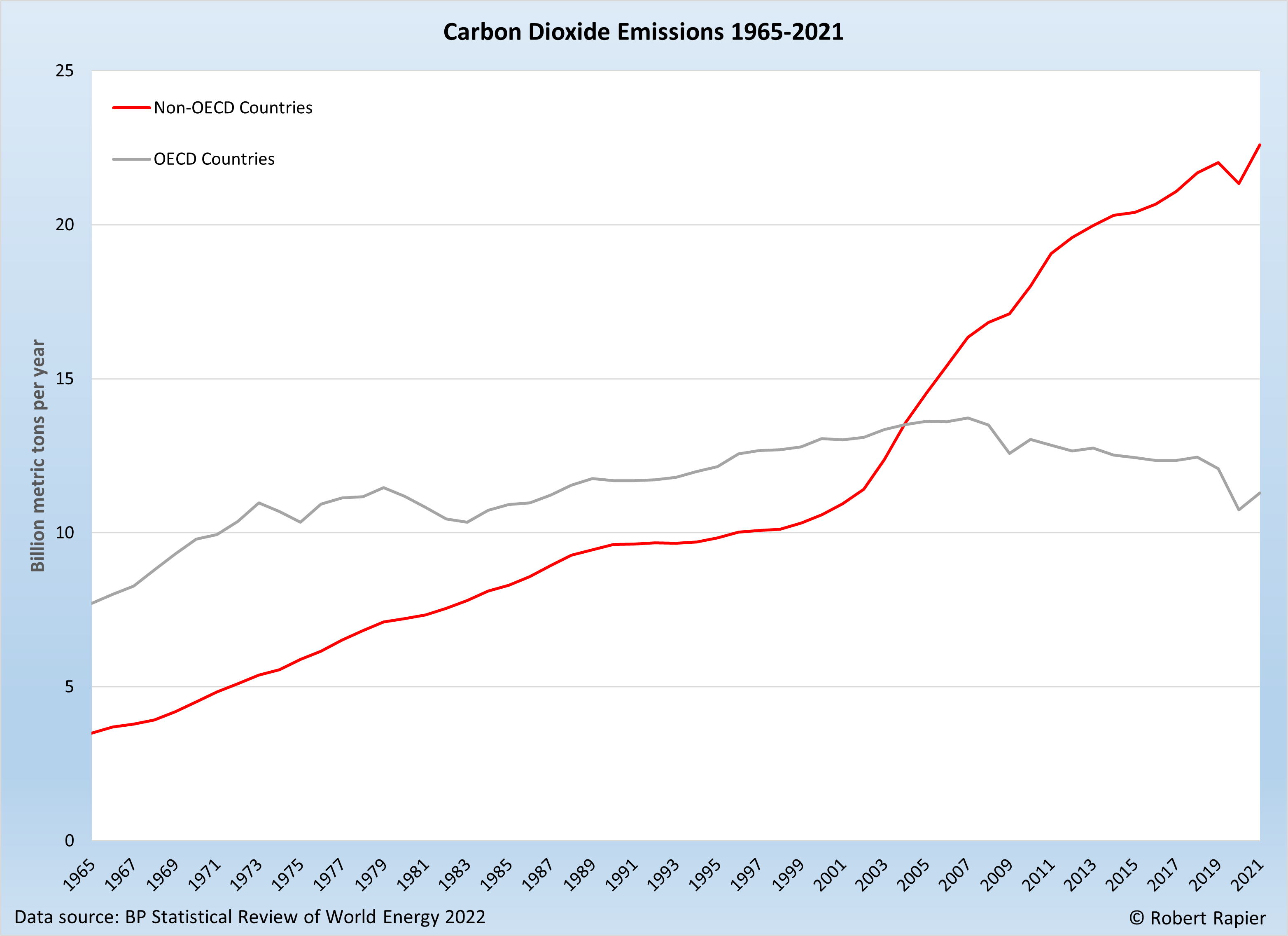
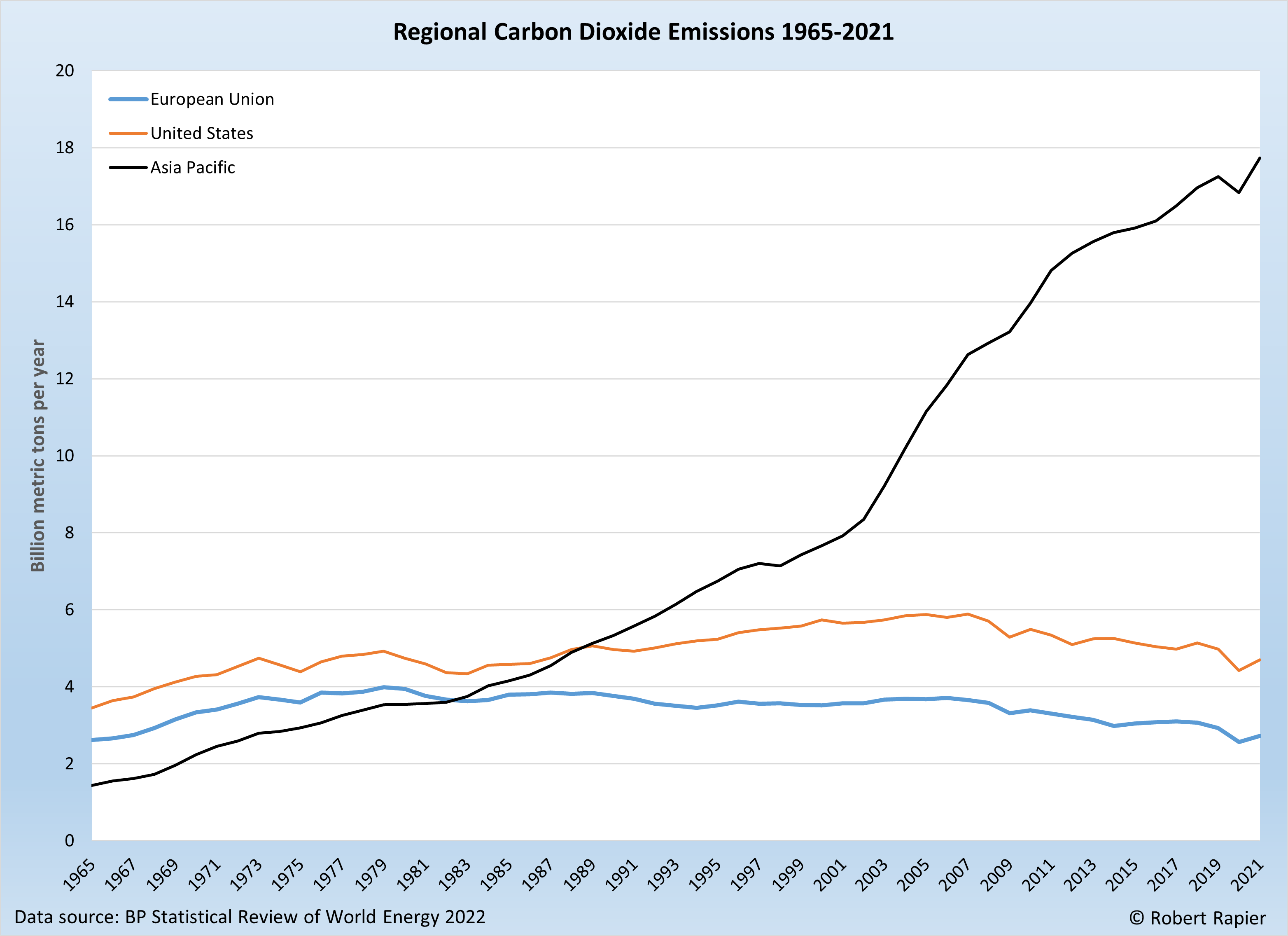
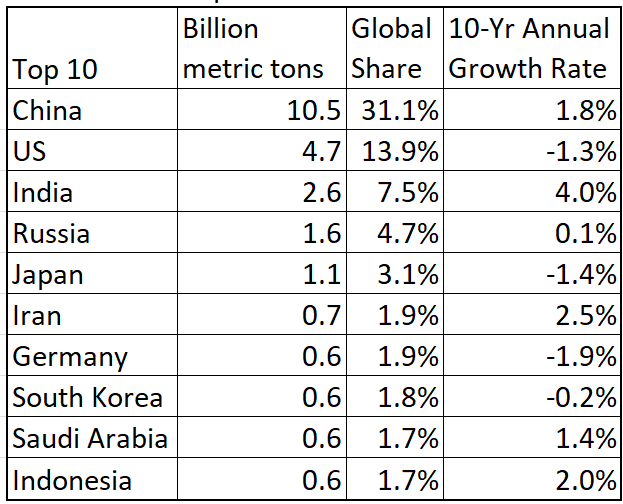
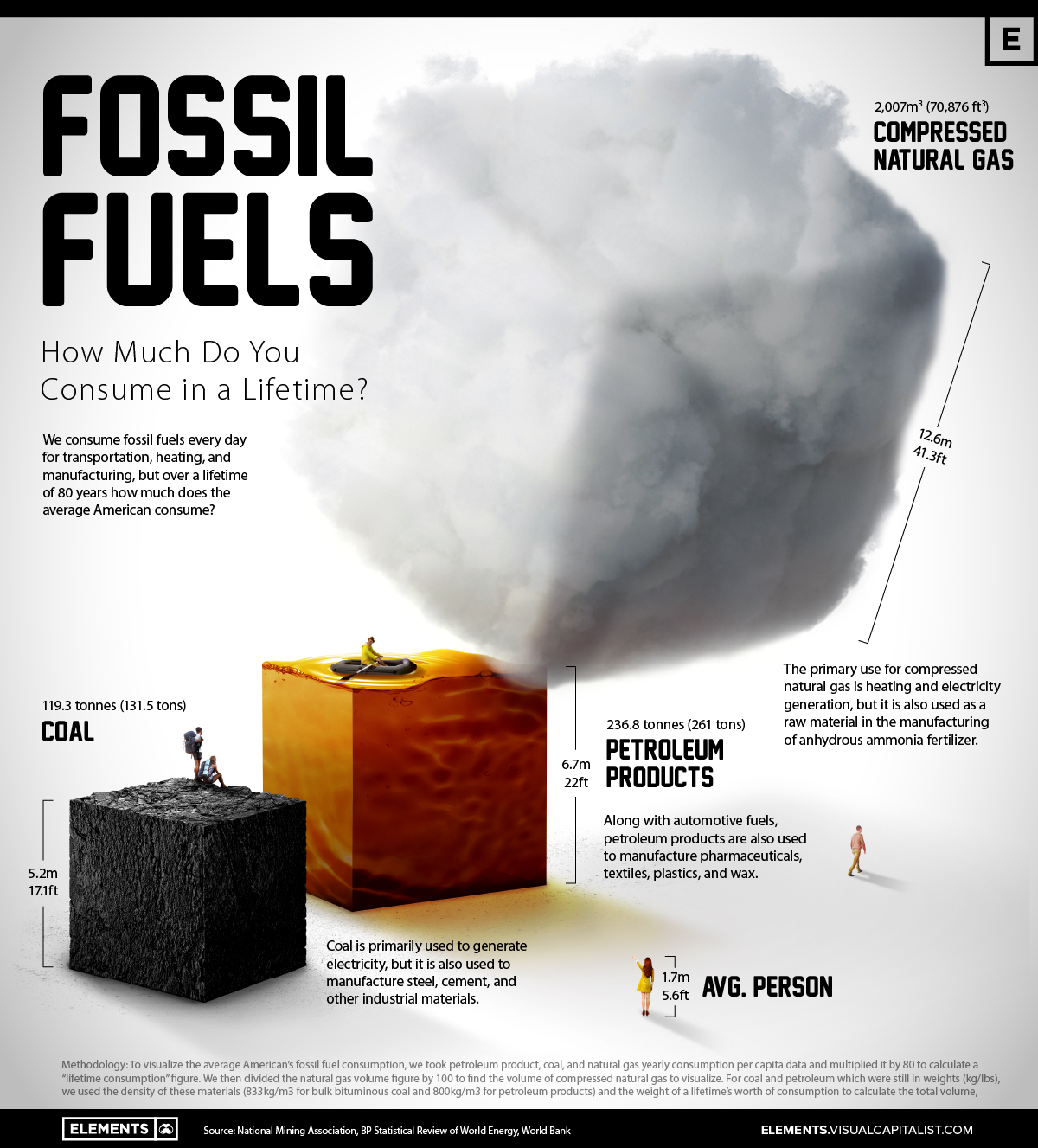
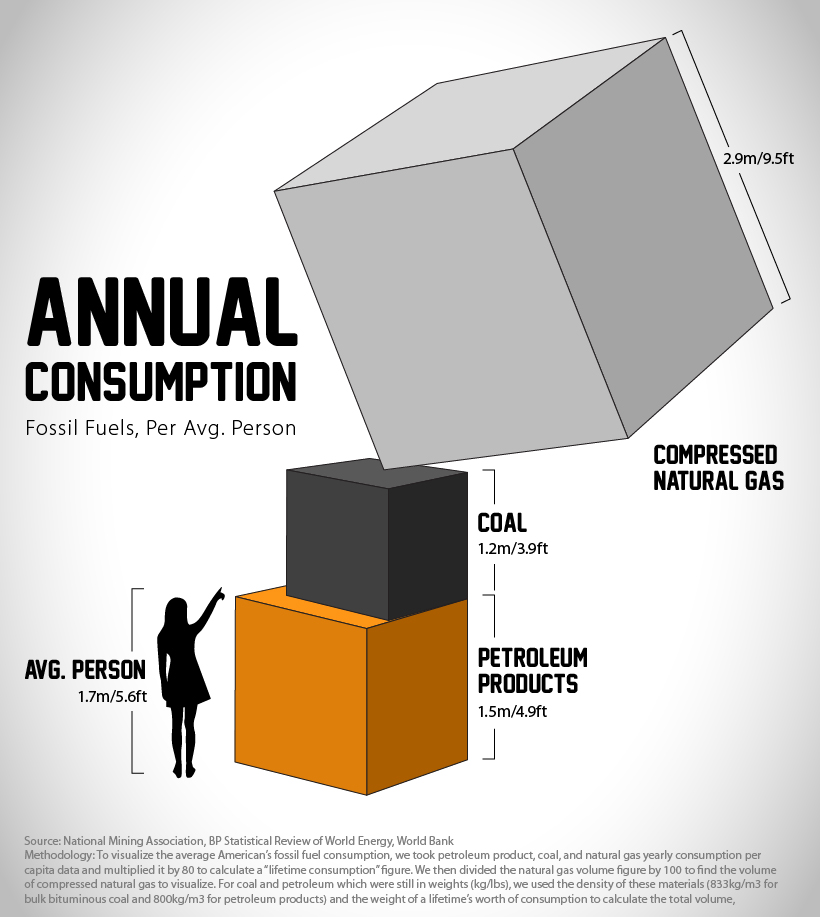

.jpg?ext=.jpg) Inside the JET fusion training facility (Image: UKAEA)
Inside the JET fusion training facility (Image: UKAEA)
